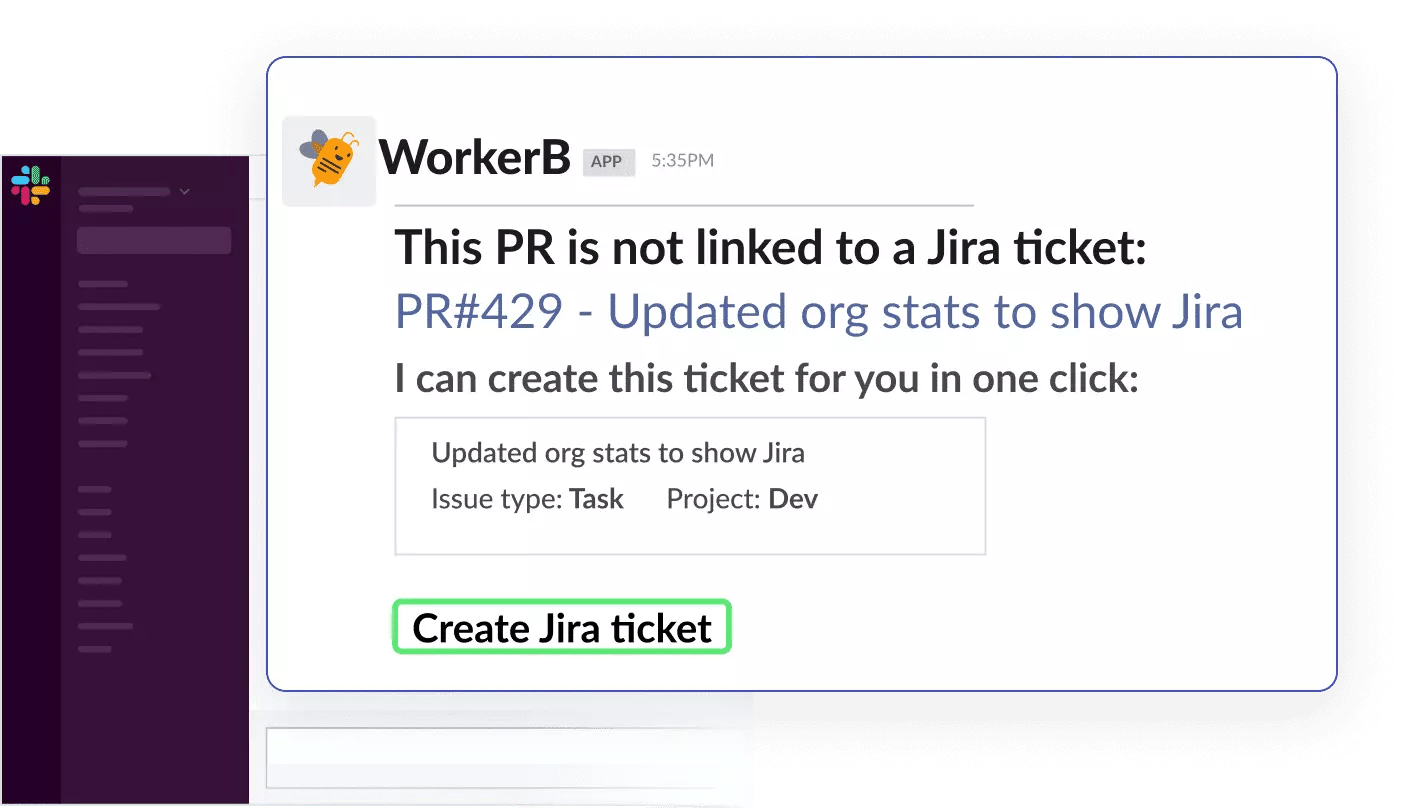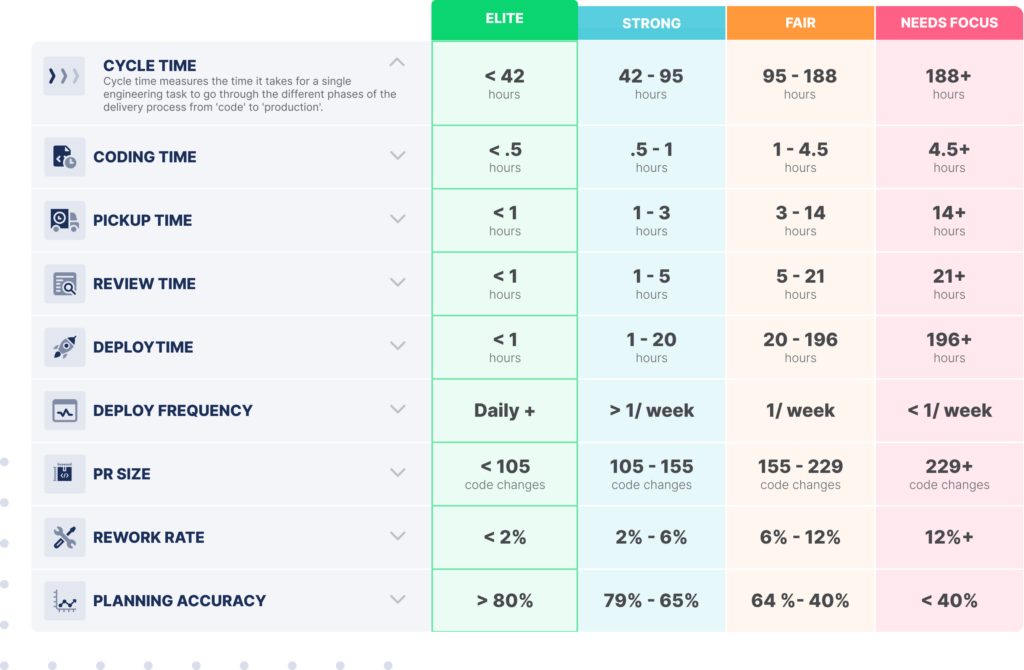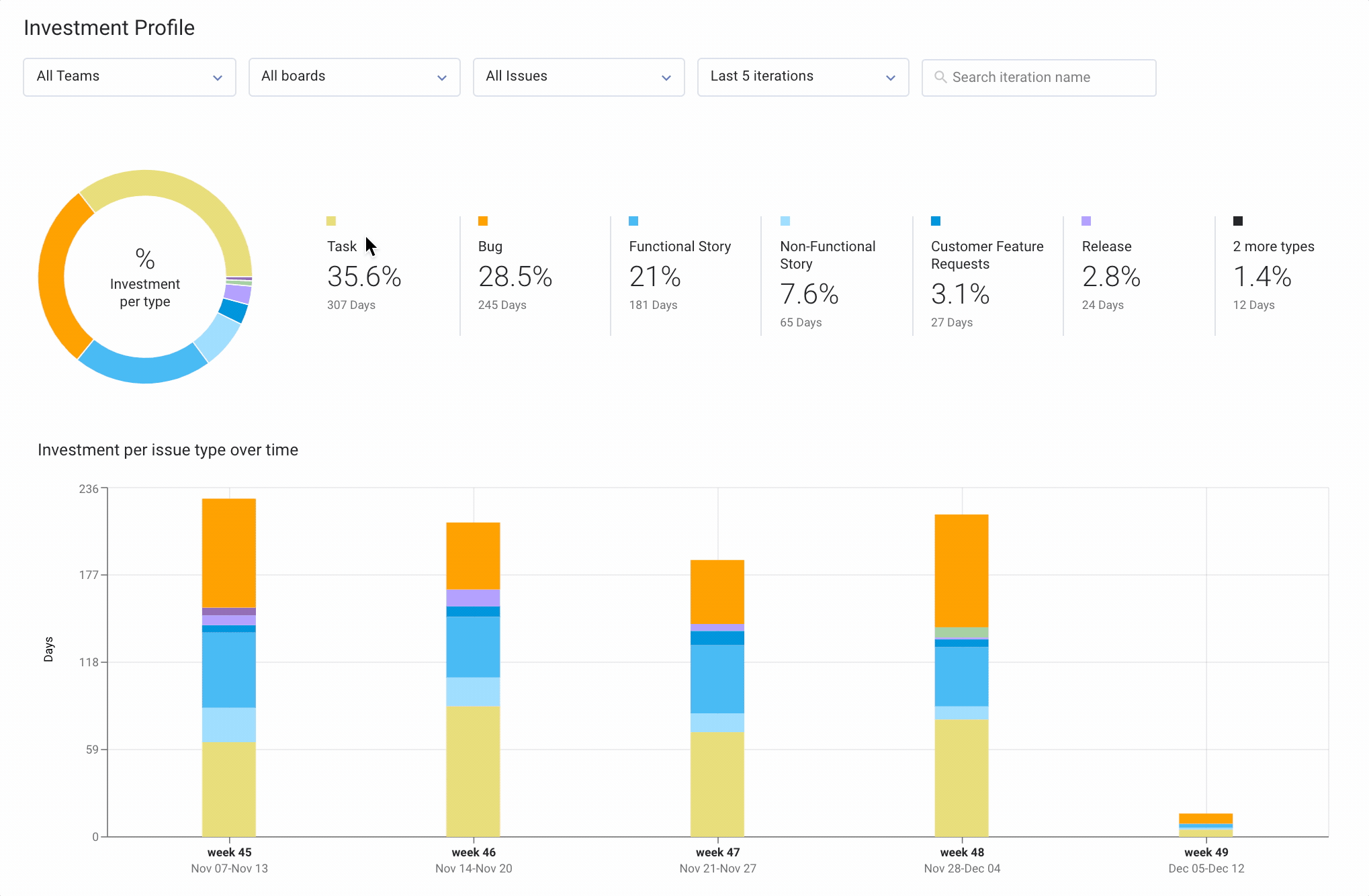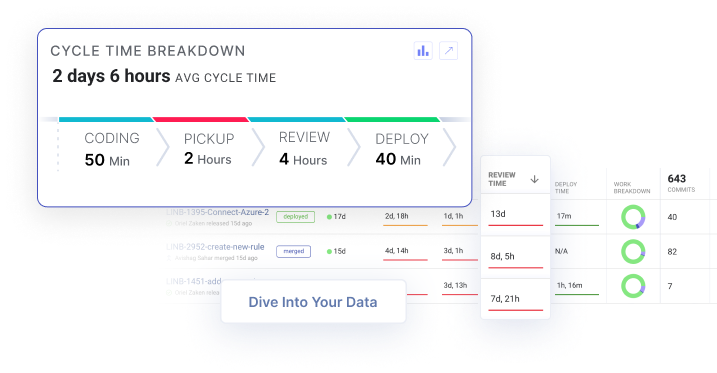For development teams, improving and delivering what they plan for each sprint, quarter, and year can get quite challenging. Fortunately, this can be addressed with the help of a well-structured Software Development Life Cycle (SDLC) process.
With an SDLC process, you can establish your project goals, create detailed plans for implementation, and stay on track to ship a successful product on time. This article will take you through the best practices for driving SDLC process improvement and sustained success.
Table of Contents
What Is SDLC?
The Software Development Life Cycle is defined as a systematic, iterative, and structured approach to application development. The stages of the SDLC consist of planning, analysis, design, development, testing, deployment, and maintenance of the system. There many different SDLC models, including the waterfall model, the spiral model, and the ever-popular Agile model.
By giving structure to the development process, an SDLC helps you:
- Conduct rigorous requirement analysis
- Create detailed software requirement specifications
- Move efficiently through the design phase
- Plan effectively
- Coordinate work between team members
- Respond to unforeseen issues
- Maintain a comprehensive suite of automated tests
- Iterate quickly
- Ship high-quality software on time
5 SDLC Best Practices
No matter which SDLC you use there are a number of best practices you ought to follow.
1. Maintain Data Hygiene
Software centers around data. Whether it’s your customer’s data, training data used to create models, or usage data on your application, you need to keep it secure and clean.
In many companies, one aspect of data is neglected: Data about your engineering processes. Thanks to the rise of DevOps and the DORA metrics, more and more engineering teams are aware of the importance of engineering metrics.
But metrics are only useful if the underlying data is dependable. This is why it’s important to maintain data hygiene throughout your entire tech stack, including the data generated by using tools like Git and Jira.
A big problem in many teams is unlinked branches. These are branches that are not connected to something like a task, issue, or user story so it’s not clear how they contribute to the product roadmap or build plan.
By integrating with Jira and Git, LinearB automatically detects shadow work and surfaces it so that it can be linked to the product roadmap. Our WorkerB automation bot takes this a step further and notifies developers in Slack or Microsoft Teams when they have an unlinked branch. WorkerB then gives the option to create a new issue from right within Slack, saving the developer the time and context switch into Jira.

2. Standardize Your Code Review Process
Code reviews are a fantastic way to adhere to coding guidelines, follow the best practices of particular programming languages, prevent bugs, and raise the quality of code your team ships.
But one of the biggest problems with code reviews is that they take a long time. At LinearB, we analyzed over 847,000 branches from over 1,900 teams to establish benchmarks for 9 key engineering benchmarks, including review time.
 Want to learn more about being an elite engineering team? Check out this blog detailing our engineering benchmarks study and methodology.
Want to learn more about being an elite engineering team? Check out this blog detailing our engineering benchmarks study and methodology.
We found that on average PR review time is 4 days! This is in large part due to the fact that 50% of all PRs sit idle for half their lifespan, while 33% sit idle 77.8% of their lifespan.
You can address these enormous lead times, and greatly speed up your cycle times, by standardizing your review process. The first step is to reduce the size of your PRs. Our research found that there is an exponential relationship between PR size and review time such that smaller PRs get reviewed much faster than large ones.
You can leverage WorkerB to help you drive down PR size. When a member of your team creates a large PR, WorkerB can send out an alert so that you and/or the developer can take action. WorkerB can also send out automated reminders if a PR has sat idle for a long time.
 Get WorkerB alerts for PRs older than your custom threshold. Book a demo today!
Get WorkerB alerts for PRs older than your custom threshold. Book a demo today!
3. Manage Code Quality
Whenever you ship low quality code, you incur technical debt in your source code which can accrue very quickly and seriously hamper a team. Maintaining high quality code is an investment in long-term success. High quality code not only increases the chances you meet customer expectations, but because it is also easier to build upon, it allows the team to stay agile.
Two of the four DORA metrics are focused directly on code quality: Mean Time to Restore and Change Failure Rate. Both capture when low quality code has led to system outages for the end user, and you can track both with LinearB.
The issue with those two is that they are lagging indicators. In order to prevent system outages, you need a suite of integration tests and leading indicators which gauge quality before code enters a production environment. A powerful leading indicator is the rework rate, which tells you how much recently-changed code has been changed again. If the rework rate in your PRs is high, this strongly suggests that low quality code is being shipped which causes bugs that then have to be fixed.
Another useful insight into code quality is to look at how your team is investing their time. With LinearB’s Investment Profile, you can see if your team is having to take time away from shipping functional stories to fix bugs, refactor code, or complete non-functional stories, all of which indicates the presence of low quality code.

4. Optimize Developer Workflow
Hyrum Wright, Senior Staff Engineer at Google, explained on the Dev Interrupted podcast how software engineering is really a people problem.
Software developers are always striving to be more productive. DevOps has helped to make the process of developing and deploying code much less time-consuming, but there is still a lot room to optimize the developer experience.
LinearB’s WorkerB bot is designed to save developers time, reduce context switching, help developers be more responsive to colleagues, and allow them to stay focused and move more quickly. It accomplishes this through automating tedious parts of the developer workflow and bringing functionality, like creating issues or reviewing code, to right within Slack. This means that developers can spend more time building features and less time switching tools, pinging teammates, and managing process.
5. Increase Planning Accuracy
Planning Accuracy is one of the best indicators of the value an engineering team or org delivers to the business. If you can consistently deliver what you say you will, other teams (like sales and marketing) can align to you and customers get new products and features when they expect them, which leads to better experiences, less churn, and more renewals.
Although planning accuracy is a high level metric, this doesn’t mean it can’t be precisely measured. In LinearB, you can not only closely track your planning accuracy over time, but you can understand why you’re not planning more accurately. A common cause is unforeseen delays. By leveraging our cycle time metric, you can see the bottlenecks in your development pipeline. And with just one click, you can see the specific issues that are the cause.
 Get context around cycle time bottlenecks in one click. Diving into your data has never been this easy. Get started with our free-forever account today!
Get context around cycle time bottlenecks in one click. Diving into your data has never been this easy. Get started with our free-forever account today!
Conclusion
In this article, we’ve discussed some of the SDLC best practices, such as maintaining data hygiene, standardizing your code review process, managing code quality, optimizing developer workflow, and increasing planning accuracy.
With tools like LinearB, it’s much easier to follow these best practices. To learn about all the ways LinearB can help you deliver on your promises and ship more features faster, set up a demo today.
 Want to improve your engineering processes at every level? Get started with a LinearB free-forever account today!
Want to improve your engineering processes at every level? Get started with a LinearB free-forever account today!





